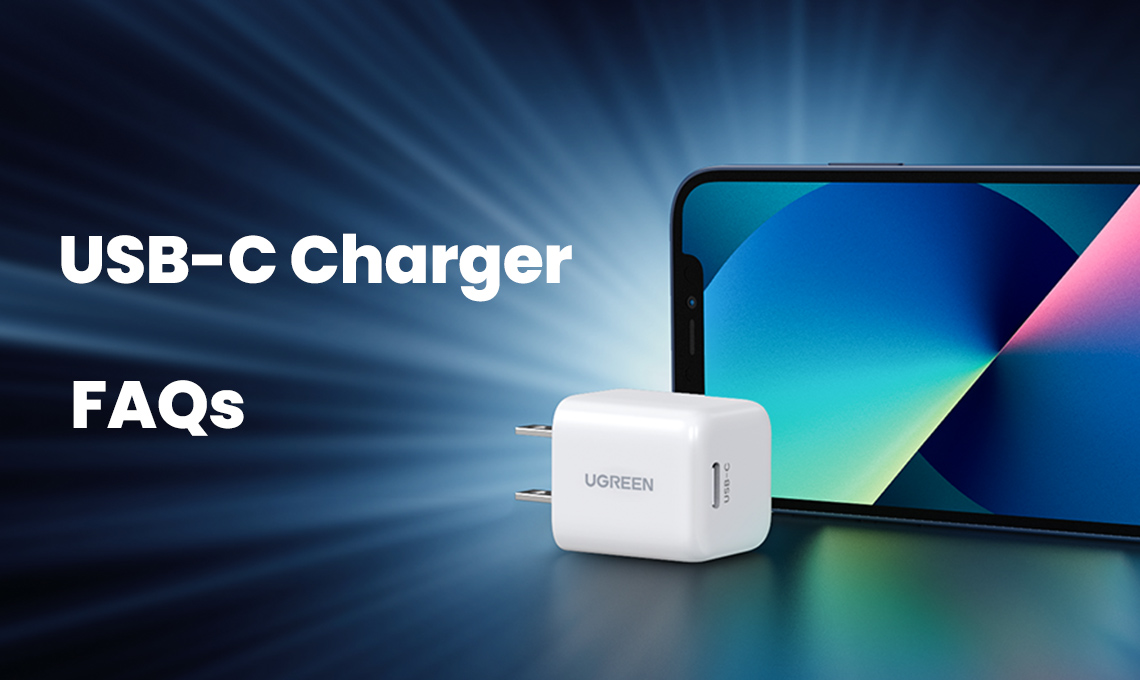In the current swift online world, having a dependable and effective charging option is essential. Introducing the USB-C charger, a adaptable and forward-thinking technology that is swiftly becoming the standard for every gadget. Irrespective of owning the latest smartphone, tablet, or laptop, USB-C provides noteworthy benefits in terms of speed, compatibility, and convenience, making it an important accessory for anyone looking to enhance their charging experience.
As we analyze the myriad advantages of USB-C chargers, it's obvious that this technology is not just a temporary fad. From the capability to offer quicker charging times to being compatible with a variety of devices, USB-C is changing the way we power our gadgets. In this article, we will dive into everything you need to know about USB-C chargers, including the way they operate, their protection attributes, and what to look for when picking the right one for you. If you're a often traveler or a tech enthusiast, understanding the benefits of USB-C charging will enhance your device experience and simplify your life.
Top Advantages of USB-C Charging

USB-C charging has changed the way we power a variety of devices, offering unparalleled speed and efficiency. One of the standout features of USB-C is its ability to deliver high power levels, allowing rapid charging for smartphones, laptops, and various devices. This means that users can spend minimal time tethered to an outlet and greater time taking advantage of their devices fully. The technology behind USB-C, including the support for Power Delivery, facilitates for faster charging solutions that can significantly minimize downtime.
Another notable advantage of USB-C chargers is their compatibility. USB-C has swiftly become the global for charging devices, enabling for seamless connections across smartphones, tablets, laptops, and more. This compatibility removes the need for multiple chargers and cables, simplifying the user experience. With a single USB-C charger, you can power various gadgets, making it practical for both everyday use and travel.
Safety is also a primary benefit of USB-C charging. These chargers are designed with integrated safety features to protect devices from overcharging, overheating, and short circuits. This added degree of protection ensures that users can charge their devices with confidence, knowing that they are less likely to encounter issues that can arise from using inferior chargers. As USB-C technology continues to progress, it reinforces the notion that this charging standard not only boosts convenience but also maintains a safe and reliable charging environment.
Choosing the Appropriate USB-C Charger
When selecting a USB-C charger, the first factor to take into account is compatibility with your devices. Not all USB-C chargers deliver the same performance, so it's crucial to check the details of your devices to confirm they can maximize the charger's features. Look for Find out more that are compatible with the appropriate charging protocols, such as USB Power Delivery or Quick Charge, to boost efficiency and charging speed.
Next, evaluate the power output of the charger. USB-C chargers feature different wattage ratings, which affect how quickly they can charge your devices. For smartphones, a charger with around 18 to 30 watts is typically sufficient, while laptops may require charges between 45 to 100 watts. It's important to choose a charger that satisfies your needs to guarantee your devices charge effectively without becoming hot or lagging.
Finally, look into additional features that may enhance your charging experience. Multi-port chargers can be great for families or those with several devices, allowing concurrent charging without sacrificing power. Safety features, such as overcurrent protection and temperature control, are also crucial for maintaining your devices remain safe during charging. Taking the time to examine these aspects will assist you make an wise decision when selecting a USB-C charger.
Future of Universal Serial Bus Type-C Innovation
As we progress further into the tech-driven world, USB-C technology is poised to become the benchmark for all power and data transfer needs. Its versatility transcends types of devices, supporting anything from mobile phones to laptops with a single connector. This integration simplifies the experience for users and enhances interoperability across a broad spectrum of devices, making it clear that this technology is not just a fad, but a fundamental transformation in how we connect and charge our devices.
The ongoing progress in this technology is also driving innovations such as Gallium Nitride (GaN) charging. This advancement not only improves speed of charging but also reduces the size of power adapters, making them more easier to carry and practical. As manufacturers continue to embrace this technology, the future will see even smaller power adapters with greater power, allowing for more rapid charging speeds without jeopardizing safety or ease of use.
Additionally, USB-C is set to play a key role in the development of universal charging standards. As industries work towards cutting down e-waste, a common charging solution like this technology can significantly alleviate the disarray and clutter associated with multiple types of chargers. This emphasis on eco-friendliness will not only assist consumers but also contribute to a more eco-friendly approach to technology, ensuring that USB-C remains at the forefront of the evolution of charging.
